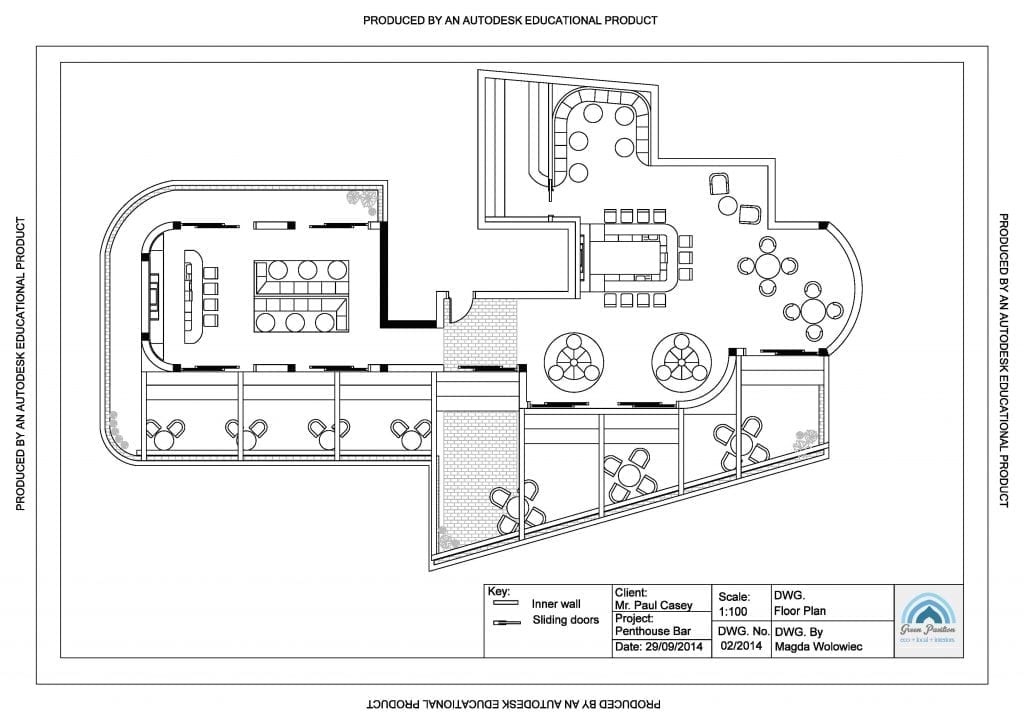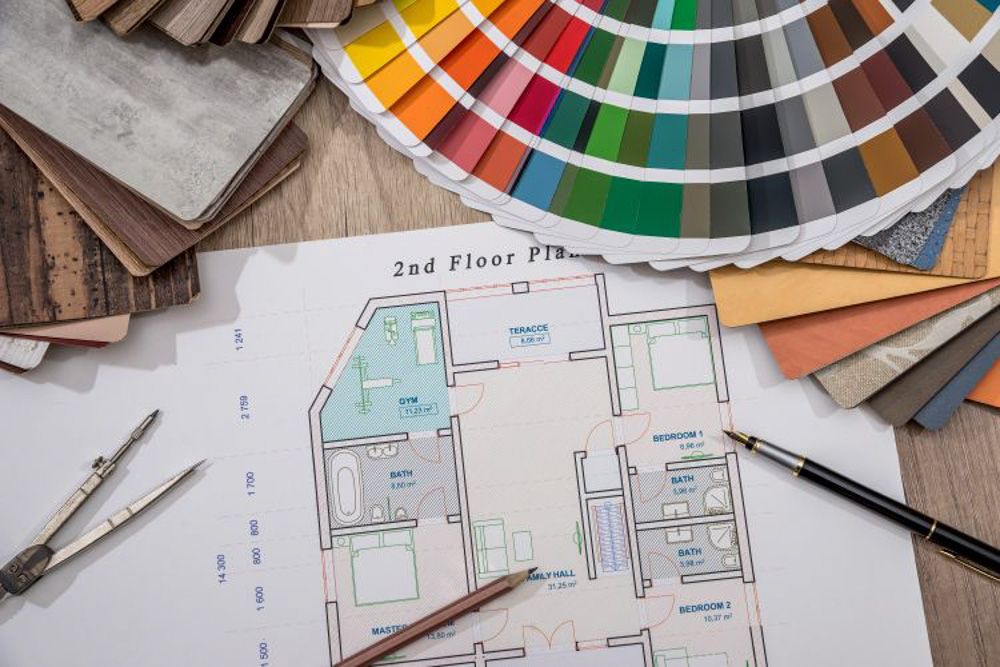Work with a Premium Home Designer to Build a Timeless Masterpiece
Work with a Premium Home Designer to Build a Timeless Masterpiece
Blog Article
Maximizing Aesthetic Charm: The Synergy In Between Interior Design and Home Architect Strategies
Recognizing the refined interaction between interior decoration and home style can dramatically raise the aesthetic allure of a space. This marital relationship of design self-controls includes a thoughtful integration of architectural aspects with indoor formats, and a skillful application of principles such as rhythm, balance, and comparison. As we explore this synergy, we will certainly discover ways to create visually striking and useful environments that not only reflect personal design, but likewise adjust to the vibrant requirements of contemporary living.
Understanding the Fundamentals: Defining Interior Design and Home Design
Interior decoration and home architecture, frequently intertwined, represent the aesthetic and architectural aspects of our home. Interior Design is a complex discipline that involves producing practical, risk-free, and aesthetically pleasing rooms inside a structure. It includes elements such as furniture plan, shade sychronisation, and accessory choice. On the other hand, home design mostly focuses on the solid framework of a building. It includes producing a functional and cosmetically pleasing structure that stands the test of time. It incorporates elements such as room building, planning, and sustainability. Both fields call for a deep understanding of human habits, society, and psychology. Each plays an important duty fit our living atmospheres, contributing to our overall convenience, performance, and wellbeing.
The Synergy Discussed: Exactly How Indoor Style and Home Style Intersect
Recognizing the harmony between interior layout and home style can open a world of imagination and performance. The influence of design on interiors is an important element to consider when reviewing this intersection - Luxury home architect. This discussion will certainly concentrate on the unifying layout concepts that mix these two areas into a harmonious whole
Unifying Style Concepts
While it may seem that interior decoration and home architecture are 2 distinct self-controls, they are actually deeply interconnected, developing a synergy that is necessary for producing harmonious space. Unifying layout concepts are the pillars that facilitate this symbiosis. The concepts include balance, rhythm, consistency, comparison, and focus. These elements integrate to supply a cohesive aesthetic appeal. Balance creates a feeling of stability, rhythm offers a feeling of movement, consistency guarantees unity, contrast triggers interest, and emphasis accentuates essential aspects. The tactical application of these concepts makes it possible for a smooth blend of looks and feature, boosting the total experience of the area. In significance, these principles act as the bridge, joining indoor design and architectural practices.
Building Impact on Insides
The intertwining of indoor design and style becomes even much more obvious when one thinks about the building impact on interiors. Architectural components are innate to a room's performance and appearances, shaping the design from the beginning. Their synergy is hence undeniable: design establishes the framework, which interior design boosts with decor, texture, and shade.
Secret Concepts in Balancing Interior Design and Home Style
Striking an equilibrium between functionality and appearance is a basic aspect of integrating indoor design and home design. An equally important principle is the combination of lasting design to create energy-efficient and environmentally friendly homes. Last but not least, understanding and checking out numerous architectural styles can likewise play a vital role in attaining an unified design.

Balancing Performance and Visual Appeal
Balancing functionality and aesthetic appeals in interior layout and home design emerges as one of the vital concepts to take into consideration. Looks uplifts the state of mind and impacts the perception of room, whereas performance ensures use and comfort. Equally crucial is the efficient arrangement of the area, with a tactical design adding significantly to the harmony in between functionality and aesthetics.
Lasting Style Integration
In preserving the stability between functionality and aesthetics, one must also consider the combination of lasting layout concepts. This technique not just boosts the aesthetic appeal of an area yet likewise guarantees its longevity and minimized environmental influence. A harmonious blend of interior style and home style, led by sustainability, can develop areas that are stunning, useful, and ecologically friendly.
Discovering Building Styles
While there are a wide variety of building designs to discover, it is important to understand that each one lugs its one-of-a-kind concepts that can substantially influence the harmonization of indoor style and home architecture. These styles, ranging from the elaborate Baroque to the minimalist Modernist, lug distinctive viewpoints and looks that, when effectively understood and utilized, can develop homes that are not only aesthetically sensational however also sympathetically integrated in regards to design and architecture. Choosing an architectural style is not simply about personal aesthetic preference; it has to do with selecting a design language that speaks to the homeowner's way of life, ideology, and goals, developing a home that is a true reflection of its homeowners.
Case Researches: Remarkable Instances of Design and Design Harmony
Looking into some outstanding instance research studies provides a profound understanding of exactly how layout and style can harmoniously merge to produce functional and compelling rooms. The legendary Fallingwater home, made by Frank Lloyd Wright, exquisitely shows this synergy. Wright's design masterfully incorporates the residence with its surrounding landscape, while the click here now interior mirrors the exterior's organic kinds. One more example is the minimalistic Tadao Ando's Church of Light in Japan. The architect accomplished a best equilibrium in between simpleness and dramatization, making use of raw concrete and light. Inside, the raw, marginal layout develops a sense of tranquility and spiritual contemplation. These examples illustrate the importance of harmony between interior decoration and architecture in achieving functional and visual success.
Practical Tips: Enhancing Your Home's Visual Charm
Drawing inspiration from the instance studies of building look at this site and layout synergy, property owners too can execute some functional methods to improve their home's visual appeal. A harmonious blend of colors, appearances, and lights can enhance an area, developing a cozy and inviting atmosphere. Selecting furniture that matches the architectural aspects of your house can promote a sense of unity. Wall art and decoration items can add personality, mirroring individual design and taste. Incorporating greenery, either with indoor plants or views to the outdoors, can bring an element of nature, delivering a relaxing impact. Creative usage of mirrors can open a room, providing an illusion of a larger area. Eventually, the visual allure depends on stabilizing capability with design, developing a home that is both livable and lovely.

Future Patterns: How Modern Techniques Are Changing Interior Design and Style
As the globe advances, so do the patterns in interior decoration and design. Modern techniques are significantly concentrating on sustainability, incorporating green materials and energy-efficient styles. Innovation plays a vital duty, with smart homes becoming the norm, integrating AI and IoT for improved capability. In addition, minimalism continues to get traction, highlighting simpleness, functionality, and clutter-free areas. This is frequently coupled with biophilic layout, drawing inspiration from nature and advertising well-being. The pandemic has actually accelerated the demand for versatile, multi-purpose areas, blurring the lines between job and home. These fads show a change in the direction of layouts that are not simply visually pleasing, but also eco mindful, technologically advanced, and adaptable to changing lifestyles.
Conclusion
In conclusion, the assimilation of interior style and home style strategies is a dynamic strategy to enhancing aesthetic allure. By leveraging essential principles like contrast, rhythm, and equilibrium, and integrating elements of modern living, developers can create functional, aesthetically pleasing environments. Via comprehending this synergy, homeowners can make educated decisions that not just raise their home however also add to their general health.
Recognizing the subtle interaction in use this link between interior design and home architecture can considerably elevate the visual appeal of a living area.Interior style and home architecture, usually intertwined, stand for the aesthetic and architectural aspects of our living areas.While it may appear that indoor design and home design are 2 unique techniques, they are really deeply interconnected, creating a synergy that is necessary for creating unified living rooms.The intertwining of interior style and style becomes also more evident when one considers the architectural impact on insides. A harmonious combination of indoor layout and home architecture, assisted by sustainability, can develop spaces that are lovely, functional, and ecologically pleasant.
Report this page